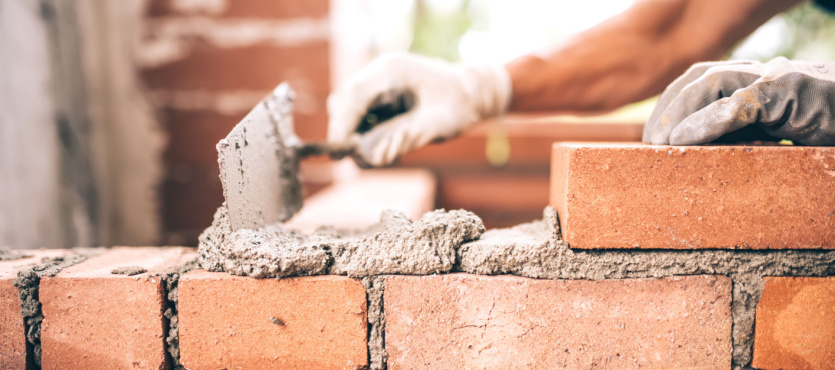If you live in a neighborhood rich in historical buildings or otherwise in an older home yourself, you have probably seen your share of buildings that utilize masonry. In simple terms, masonry is a construction method involving brick and mortar, using cement to weld the bricks and stone together to create the beautiful buildings you see in historic towns and perhaps even in your own home.
While masonry constructions are durable and long-lasting, as time goes on, natural wear and tear will eventually necessitate some degree of maintenance and repairs. And that is where masonry repair and restoration services come into play, but if you are new to the subject, then you may wonder what exactly the two are and how they differ from each other.
Masonry Repair
When you begin noticing signs like cracked and chipped bricks or crumbling mortar—among other things—that is an indication that masonry repair may be in order. Typically, it consists of patching up and sealing any gaps in the brickwork left by cracks from deterioration, as well as removing the old mortar or bricks that have lost their structural integrity and replacing them with new ones.
When replacement is necessary, repair teams will acquire materials to match the surrounding materials from the previous build; that way, there is no discrepancy in appearance across the structure. Since brickwork will eventually deteriorate in time, masonry services are a regular part of a brick structure’s life cycle to ensure its longevity and preserve its structural integrity.
Masonry Restoration
Although similar in function to masonry repair for deteriorating sections of a brick structure, masonry restoration projects are often much larger in scale and usually entail repairing the entire structure rather than isolated pockets of damage. Although regular repairs may typically get the job done and preserve a brick structure’s integrity for the time being, there are some scenarios where minor repairs are just not enough.
In such cases, restoration is crucial for persevering the structure as a whole by removing all of the old and worn-out materials in favor of new materials matching the originals. Many historic buildings must undergo this process at some point in their lifespan if the owners wish to maintain the historic look of the building while making sure it remains structurally safe and sturdy.
As a general rule of thumb, older masonry buildings that have never undergone restoration are not structurally sound, which is something to keep in mind if you plan to utilize an older building made from brick and mortar.
How Do They Differ
While the scale of the two projects is the main difference between them in general, masonry repair is meant to address cracks, chips, and crumbling mortar. By contrast, restoration is for fully replacing original brickwork in favor of entirely new materials to restore the structural integrity of an aging building nearing the end of its lifespan.
Signs To Look For
The best thing you can do to preserve a brick structure is to look for signs of damage, corrosion, and deterioration and address them early with professional assistance. If you begin noticing cracks, chips, holes, and crumbling in the bricks or mortar, that is the time to call for expert help in repairing them. As for restoration, that is only likely if an old building hasn’t had one in its entire lifespan. In that case, you should call a professional to assess the building’s structural integrity.
Seek Professional Masonry Services
Finding quality masonry services is essential if you want to ensure long-lasting brickwork. If you are looking for the best-in-class masonry services in Ontario, consider partnering with Turnbull Masonry for your next masonry repair or restoration project. If you would like to learn more about our services, speak with a member of our team today!

